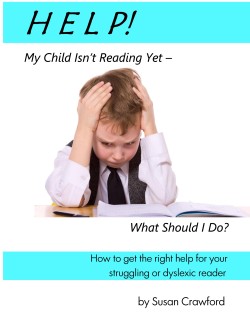January, 2015: Written Testimony to the Congressional Committee on the ESEA Re-Authorization
Dear Chairman Alexander and Members of the Committee,
Thank you for taking on the task of rewriting ESEA, and I join with millions of parents, teachers and advocates who hope for a more appropriate use of federal funds under ESEA than we have seen under No Child Left Behind.
In approaching your rewrite, I call your attention to the one aspect of NCLB that could have actually helped bring about the envisioned full proficiency in math and reading by 2014: the Reading First program. During your first hearing Sen. Whitehouse of RI noted that if all children could read in first grade, many of the issues related to the academic achievement gap could be ameliorated. From my experience, having all children reading by first grade is a heavy lift, but with the proper reading programs, supports, and interventions where needed, all children could/should be reading by third grade.
Instead, NCLB and related Race to the Top grants have spawned an array of initiatives that have far more to do with altering governance and payment structures in education (see ”
Federal Mandates on Local Education: Costs and Consequences) than with actual instructional practices in the classroom.
The magnitude of reading difficulties is huge. The NICHD Reading Panel Report to Congress of 2000 (
“Teaching Children to Read”) stated that by fourth grade, four out of ten children still struggle with reading. Two out of ten are dyslexic. The Panel recommended research-based instructional and intervention protocols that were incorporated into Readng First, as well as for the NICHD “Response to Intervention” (RTI) protocol that was included in the 2004 IDEA legislation update.

 May 6, 2021
May 6, 2021 

Recent Comments